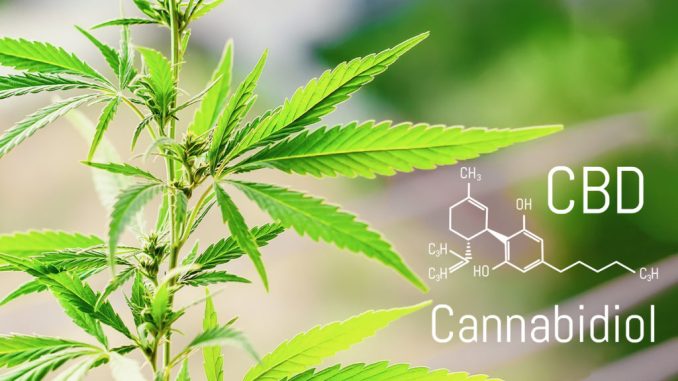
One of the cannabinoids in marijuana is called cannabidiolic acid (CBDA). Most of it can be found in the glandular trichomes of the female, seedless flowers, sometimes called infructescence (incorrectly referred to as buds). Cannabidiol (CBD) is derived from cannabidiol acid (CBDA). (CBD). By removing carbon and two oxygen atoms from one position of the benzoic acid ring, cannabidiol is produced by the decarboxylation process.
Table of Contents
Introduction
There has been a remarkable uptick in research and development of phytocannabinoids in recent years. CBD Acids, first isolated from cannabis in 1940, is one of the most prevalent phytocannabinoids in the Cannabis species for fiber production. CBD shares structural similarities with the psychoactive compound trans—9-tetrahydrocannabinol (9-THC), although it has a far weaker agonistic impact on cannabinoid receptors (cannabinoid receptor types 1 and 2).
New research suggests that CBD’s pharmacological actions are mediated through various molecular targets, including adenosine, glycine, opioid, serotonin, nonendocannabinoid G protein-coupled receptors, and nicotinic cholinergic, and proliferator-activated receptors. CBD also has neuroprotective, antirheumatic, antinausea, antispasmodic, and antispasmodic effects. Recent research has shown that cannabidiol (CBD) acts as an inverse agonist for G protein-coupled orphan receptors, including GPR3, GPR6, and GPR12, which may lead to new therapeutic applications of CBD for conditions like Alzheimer’s disease, Parkinson’s disease, cancer, and infertility.

Effects & Applications?
Possible efficacy in treating epilepsy (epilepsy). Epidolex (GW Pharmaceuticals) is a prescription medication approved by the US Food and Drug Administration (FDA) for treating seizures associated with Dravet syndrome, Lennox-Gastaut syndrome, and tuberous sclerosis complex. As of now, it is not known whether or whether different types of CBD are effective for seizures. Wait to switch away from the medication prescribed by your doctor.
Many people are curious whether CBD could be useful for other applications, but there currently needs to be more evidence to draw any firm conclusions. As well as Benefits & Effects of CBDA.
It may be helpful for MS patients (MS). Improvements in pain, muscle tightness, and urine frequency have been observed in multiple sclerosis patients who used a nasal spray (Sativex, GW Pharmaceuticals) containing both 9-delta-tetrahydrocannabinol (THC) and cannabidiol. Beyond the borders of the USA, over 25 countries are using this product.
However, cannabidiol’s usefulness in treating multiple sclerosis symptoms when taken on its own has been met with mixed results. Initial studies suggest that sublingual cannabidiol sprays may help MS patients with pain and tightness but not with spasms, fatigue, bladder control, mobility, or overall health and happiness.
The Downside
CBD may be safe for use at therapeutic levels when taken orally. Studies have shown that 200 mg daily can be safely taken for up to 13 weeks. Higher doses and more extended periods of using a specific prescription CBD product (Epidiolex) have been utilized under the supervision of a healthcare provider.
Dry mouth, low blood pressure, lightheadedness, and sleepiness are some of the adverse effects CBD users may experience. Epidiolex, a prescription version of CBD, has also been linked to reports of liver damage at very high doses.
There is not enough evidence to determine whether CBD is safe or to identify any adverse effects when administered topically.
Conclusion
Many people turn to cannabidiol as a safe and effective alternative treatment for various health issues. Cannabidiol, or CBD for short, is one of more than a hundred chemical components in cannabis called cannabinoids.
In cannabis, tetrahydrocannabinol (THC) is the primary psychoactive cannabinoid responsible for the highly associated marijuana usage. CBD, in contrast to THC, does not cause intoxication.
